Matinicus Island
Shades of Finnoya
That’s what Matinicus felt like as our time there began to ebb.
Finnoya is the island in Norway where we found a first-world recreation center and a big surprise. After our visit to the rec center we had barely started preparing a chicken korma dinner when some friendly natives stopped by to give us a ton of crabs. Suddenly, our dinner plans had changed.
Now on another rocky shore it was déjà vu all over again.
After a leisurely walk around the island and nap on the beach, we had returned to the boat for another chicken korma dinner. Just as we started to prepare a different sort of native stopped by in their skiff offering us local fare – a big bucket of lobster and stone crab claws fresh off the boat. Just as at Finnoya, these natives would not accept money, though they gladly took a few beers as barter.
Voila! Dinner plans had changed again.
We boiled up the bounty and stuffed ourselves full of lobster and crab with enough crabmeat left over for cakes tomorrow.
The largesse was offered by Mr. Ames, lobsterman and father of Josh Ames, the 25-year-old tender to the 12 or so visitor moorings clearly marked with orange pick up sticks in the crowded harbor. We were the only visiting yacht among dozens of lobster boats busily coming and going throughout our 36 hour term in the harbor.
The Ames family is one of several that have inhabited this island since the 18th century. Headstones in the Matinicus cemetery bore the names Ames, Hall, Young, Bunker, Ripley, and Philbrook, each name multiple times, bearing evidence of the longevity of the families on the island. Just as on Tangier Island in the Chesapeake, these folks came to Matinicus centuries ago and never left, adopting the island and its hard way of life for all time.
Our pilot book informs us, “In ‘Matinicus Isle: Its Story and Its People (1926),’ Charles Long tells the story of Ebenezer Hall, first permanent settle on Matinicus in 1751. Hall was not well received by the Penobscot tribe of the Tarratine Indians, who resented his presence in their traditional fishing and birding lands. They complained to the governor when Hall burned over Green Island to improve the hay, thus disturbing the habitat for eiders, on which the Indians relied for food and feathers. Hall continued the practice.
“In June of 1757, a band of Indians laid siege for several days to Hall’s house on Matinicus. It ended with the scalping of Hall and the capture of his wife and daughters. Mrs. Hall was finally ransomed in Quebec, but her four daughters were never heard from again. A son, Ebenezer, who escaped only because he had been out fishing, returned to live on the island in 1763 and married Susannah Young. Many of the islanders today can trace their ancestry from this couple.”
Judging from our observations, the principal occupation of long-time islanders is lobstering. Our evening entertainment once we took a mooring ball late Monday and again after returning from our explorations on Tuesday was watching the many lobster boats roar in and out of the harbor, seemingly never at rest as they left with fresh bait and returned with boatloads of lobsters.
We didn’t see many people on our walkabout, but one we spoke with was an artist named David Sears who was attending his gallery in an out building adjacent to his summer home on the island’s main north-south road. His art was exquisite and he boasted of wildlife painting commissions up and down the Eastern Seaboard. Chatting, he advised that contrary to popular belief, islanders were quite friendly. (This was quite reassuring as we had read that in the past some would take pot shots to ward off passing yachts.) Regarding lobstermen, he claimed they were doing quite well this year. “A boat owner can make twenty grand a month and the sternmen make $500 to $700 per day each,” he exclaimed.
Such abundance! Little wonder Mr. Ames could be so generous with his catch. Or perhaps he was simply still giddy about Leah, the newest islander at one month old, who we met on our walkabout as she slept in her stroller pushed along a gravel road by mom.

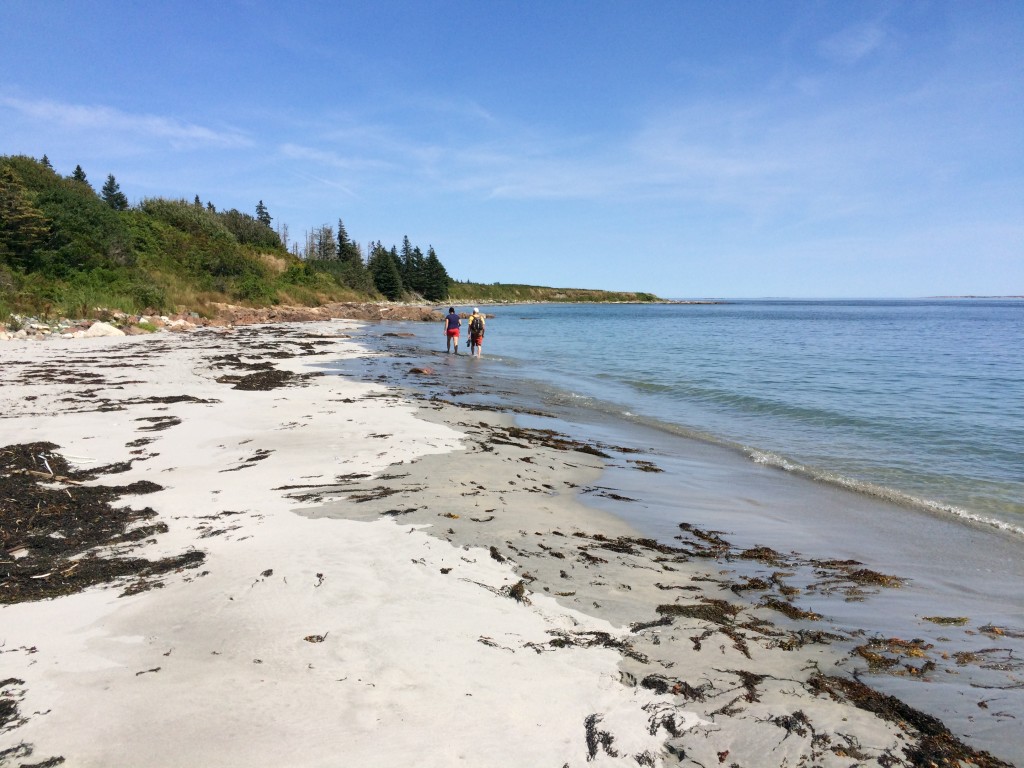
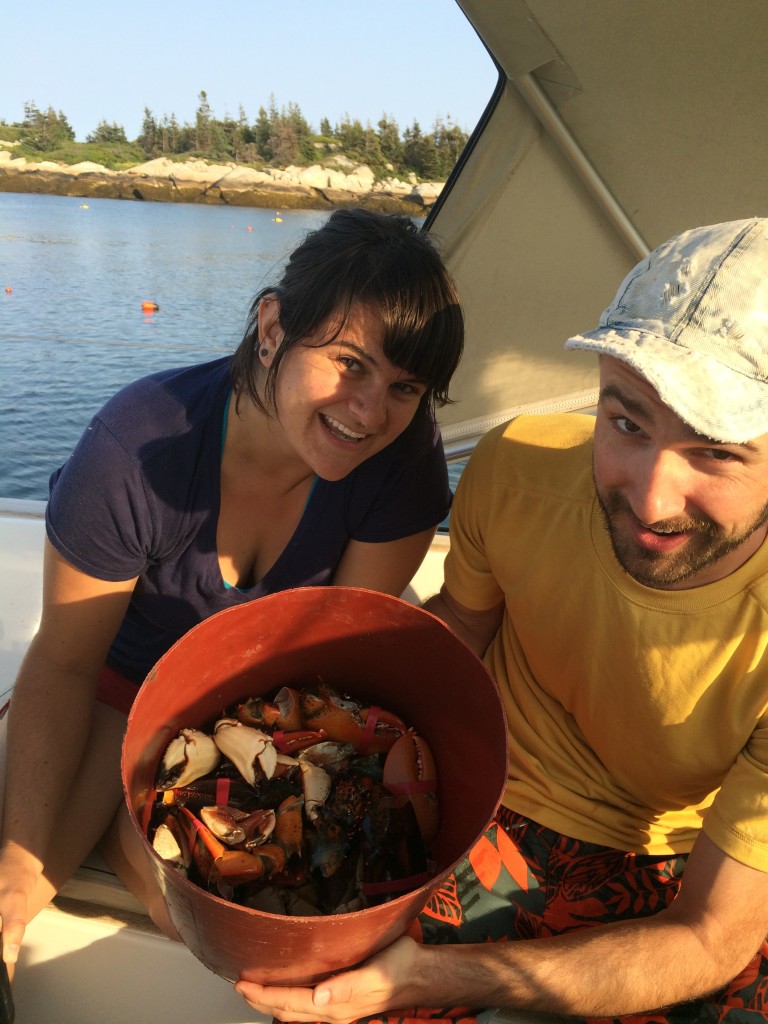
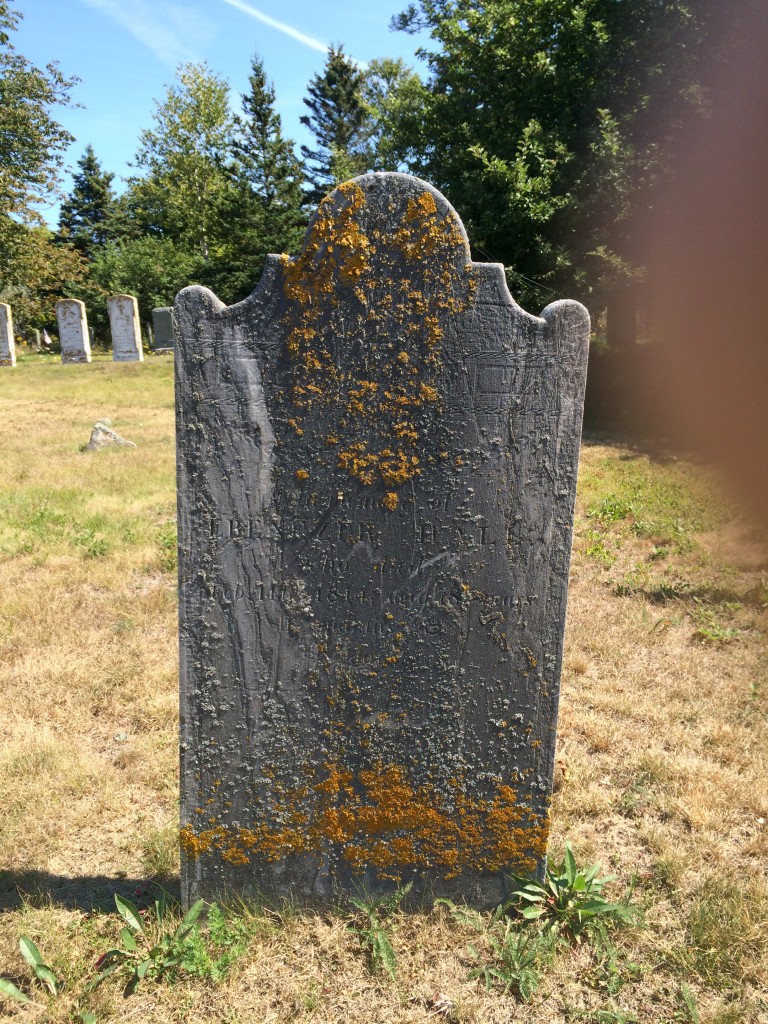
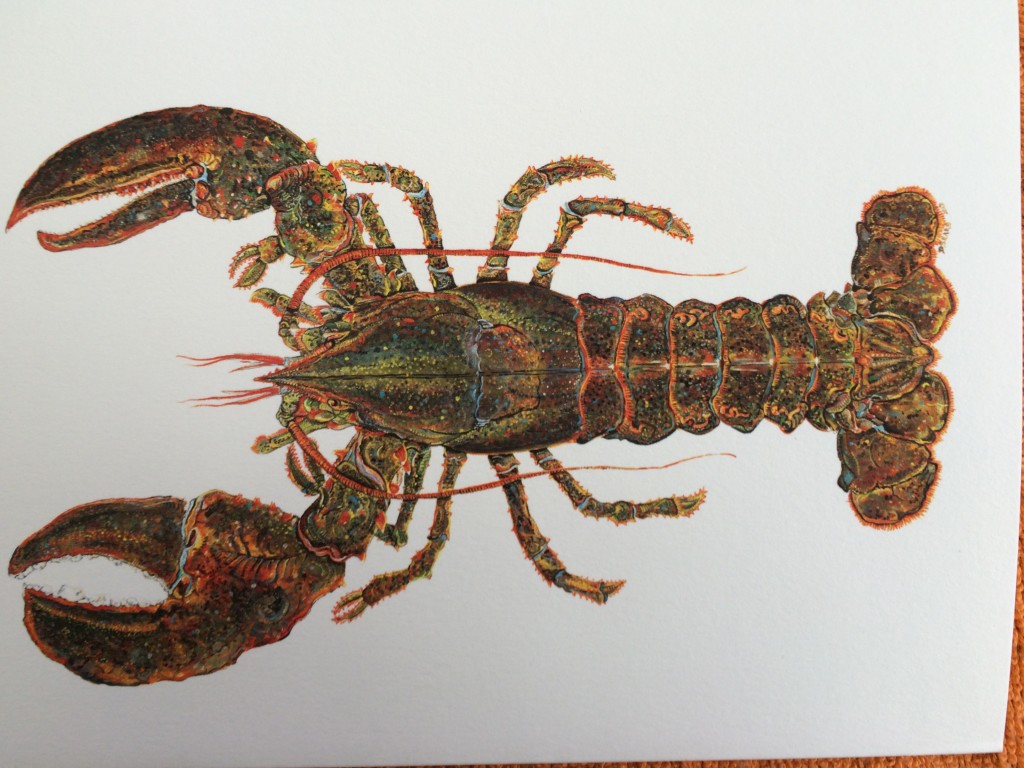
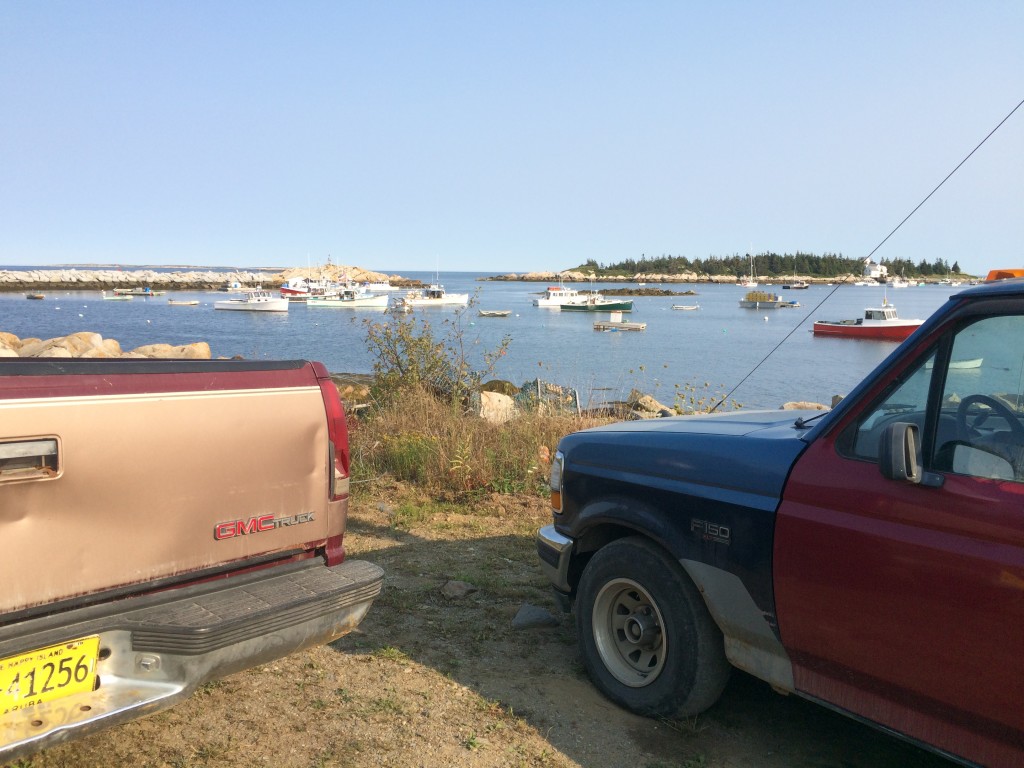
Lovely story, nice pictures
On my bucket list!